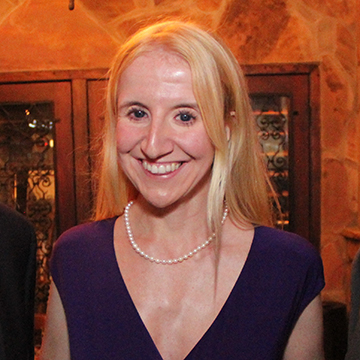 [an error occurred while processing this directive]
[an error occurred while processing this directive]
Postdoctoral Researcher
[an error occurred while processing this directive]
Stanford University
[an error occurred while processing this directive]
PhD '19 Georgia Institute of Technology
[an error occurred while processing this directive]
[an error occurred while processing this directive]
[an error occurred while processing this directive]
[an error occurred while processing this directive]
[an error occurred while processing this directive]
Postdoctoral Researcher
[an error occurred while processing this directive]
Stanford University
[an error occurred while processing this directive]
PhD '19 Georgia Institute of Technology
[an error occurred while processing this directive]
[an error occurred while processing this directive]
[an error occurred while processing this directive]
My research focuses on human-machine systems, including wearable devices and haptics. These unique forms of technology allow machines to be closely connected to the human body, and thus have enormous potential in the fields of healthcare and human augmentation. While most researchers use wearable devices for sensing, my work explores technology as an intervention -- to improve learning, health, or rehabilitation. Evaluation of these interventions in turn provides new data on mechanisms of the body and mind, leading to new questions in physiology and human-machine interaction.
During my doctoral work, I defined the capabilities of a new haptic training method. Haptic input (force feedback and touch) provides an especially powerful modality for training motor tasks because of its direct application to the relevant body parts and the resulting sensory activation that is a key component of normal movement. Currently, I am examining new methods of limb rehabilitation using wearable, mechanical stimulation. My other work includes mobile tools to quantitatively measure sensorimotor function, metrics for text entry evaluation, and a brain-computer interface method. [an error occurred while processing this directive] Personal home page [an error occurred while processing this directive] [an error occurred while processing this directive]